Author’s Note:
Since the book’s release, there’s one question consistently asked of me, sprouting up in nearly every media appearance or academic discussion. At first, the regularity with which it was asked came as a surprise, seeming to have nothing to do with the book’s findings about the emergence of a new Gilded West.
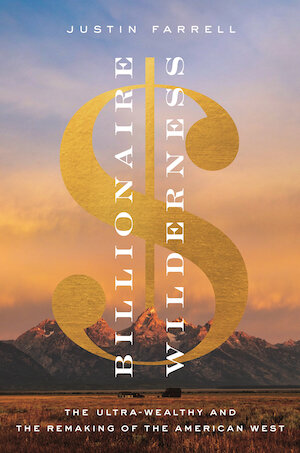
But, the more I thought about it, the more I realized that it cuts to the heart of the matter, and is an excellent way to frame the excerpt you’re about to read.
The billion-dollar question is this: Did they get mad?
“Wait, did they get mad? After all this research, that’s what you want to know?” I’d think to myself.
Pushing, they’d continue, “Are your ultra-wealthy interviewees upset about the book? What did they think? Did they get mad at you?”
While asked in good faith and genuine curiosity by many, this question reveals a great deal about how far us westerners have to go, and how much work we have to do.
First, it reveals that we do not yet think or talk about extreme wealth in ways that we should. That is, in ways similar to any other major issue reshaping western communities and ecosystems. Instead, we fall into the trap of seeing wealth as a sort of sideshow issue. One we can laugh off at times, or perhaps even get angry about, but one that doesn’t rise to the level of others that we discuss at watering holes or apply scientific research toward.
Part of it has to do with the novelty of the rich and famous in American culture. Sure, they’re interesting, but they’re more of a niche topic. But as you’ll see in this excerpt, if we approach the subject from this angle, we’ll miss out on the severe issues that deserve much more attention than they are getting.
No social group is immune from serious analysis, and within academic research, the rich are often ignored. And like any other study, it should be done with rigor and accuracy.
Second, this question reveals that we aren’t very good at seeing these as issues that transcend one individual or another. Individuals in the book represent a much larger shift. But instead, we latch on to stories and characters that are as simple as heroes and villains in a spaghetti western. Did the villains get mad when your book came out? (cue the Ennio Morricone coyote-howl soundtrack). This approach plays well in our polarized age characterized by shallow discourse, but not so much for understanding a much more complex reality.
Yes, perhaps some were angry about having the spotlight turned upon them for once. Others didn’t mind being researched and even appreciated the analysis.
And no, it’s not even about Ted Turner, or the West’s latest millionaire rancher, Kanye West. Because, this is not about individual people – their opinions of a study or even what we might perceive to be their moral failings as ultra-rich, and thereby, ultra-powerful people.
Instead it’s about the transformation of the American economy and it’s impact on the West. It’s about the rise of the finance industry. It’s about the migration of wealthy people from metropolitan areas, and booming rural real estate, both before and after the pandemic. It’s about an under-paid service class all across the West. And, about how most of us continue to look the other way as a new Gilded West is being built
***
During my childhood summers I would, along with my two brothers, Josh and Jordan, accompany my mom to the homes she cleaned. Depending on the week, she’d clean about seven different houses. They were all quite large, and my mom worked alone, so she’d spend a good part of the day scrubbing, bleaching, vacuuming, dusting, sweeping, mopping, and making sure things were tidy for when the owners returned home from work. We’d always have the volume of their television up loud enough to hear The Price is Right game show, listening eagerly if the contestant struck it rich, or at least won a new midsize sedan.
At the time, it was strange and exciting to spend so much time in these expensive homes, and even though we were there with my mom to scrub toilets and change sheets, it gave us a small window into affluence.
My mom always seemed grateful for the work and mostly spoke well of the wealthier folks whose homes she cleaned. Back then, it all seemed so straightforward: these wealthy families chose not to clean their homes themselves, and my mom could use the money. Simple enough—a straightforward exchange. And before writing this book, I hadn’t given these childhood experiences much more thought. But now looking back, I can see the imprint of these seemingly inconsequential experiences all throughout this project, beginning most importantly with the initial curiosity to think more deeply about who these people were, and their relationship to people like my mom.
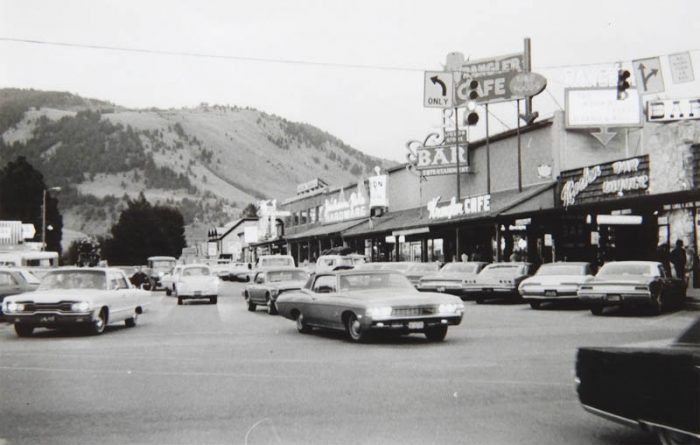
***
The sun was setting on the majestic Teton Range, its long shadow sweeping across the wilderness, slowly darkening the view as I steered my car up a secluded gravel road toward a large home nestled at the base of these craggy and picturesque mountains.
I arrived at the property and pulled through a big stone gate that led down a long driveway. Unsure of where to park, I crept forward and was eventually greeted by valet employees who welcomed me, took my car, and pointed me toward the main entrance. As I walked across the expansive property, I passed the open doors of a four-car garage attached to the residence. The first door held a Chevy Tahoe SUV with muddy mountain bikes strapped on the back; the next had a vintage convertible peeking out from underneath a blue tarp; the third was bustling with ten well-dressed workers cooking food and preparing drinks; and the last contained a collection of kayaks, winter ski gear, and old cowboy boots.
Walking through the house’s front door, I was welcomed by Erika Raddler, the executive director of the environmental organization sponsoring tonight’s event here at the home of Julie and Craig Williams.
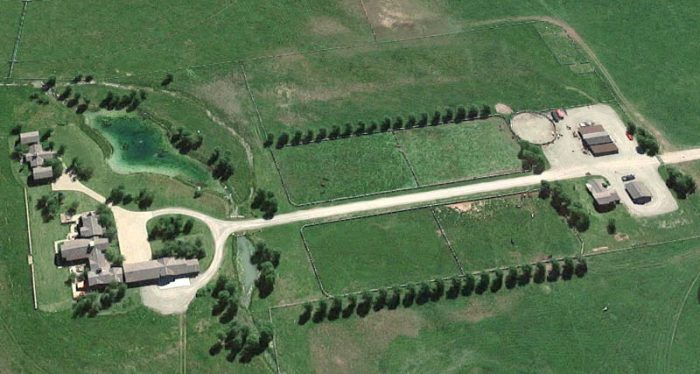
“Welcome!” said Erika, handing me a name tag and a pamphlet describing this “grassroots meeting of local environmental advocates.” She continued, “Feel free to make your way to the back deck, where there are drinks and hors d’oeuvres.”
The name tag read “Justin—Yale Professor.” While my job title had surely gotten me in the door at this exclusive event, it wouldn’t allow me to play my preferred role of fly-on-the-wall while conducting my research. Slipping the name tag into my pocket, I headed toward the back deck.
As I left the entryway, I was struck by a photo of an impoverished Navajo girl prominently displayed on a four-foot-high marble base. Looking despondent, her face covered in dirt, she carried a burlap sack over her left shoulder. I walked past the display toward an enormous, colorful Navajo rug and stepped down into a grand living room. Its towering vaulted ceilings and multistory glass windows looked out onto Grand Teton peak, behind which the sun was dropping, the mountain’s shadow now covering the entire valley 7,200 feet below. The enormity of this room easily accommodated a full-size bronze statue of a stoic-looking Lakota man, flanked by a mural of Western wilderness dotted with roaming cowboys, and three 8-by-8-foot acrylic paintings depicting a moose, a grizzly bear, and an elk, respectively. I made my way across the room and into a long glass hallway, through a cavernous white kitchen, and finally out onto the back deck.
Of the roughly thirty-five people in attendance, most were neighboring homeowners interested in learning more about environmental issues in the region and how they might be able to contribute to the cause. To that end, Erika gave a short presentation about various threats facing the area and offered ways to get involved. After her talk, I mingled with the crowd to get a sense of who they were and the nature of their environmental concern. As it turned out, the casual Western dress of many in attendance—Wrangler jeans and cowboy boots—belied the fact that these were people of elite social status and immense wealth.
And there was no shortage of local environmental concern among those in attendance. I chatted with a prominent tech CEO from San Francisco who described his distress over the level of dissolved oxygen in the stream behind his house. I stood in the yard with a globally known political leader, making small talk about how this local community has changed in recent years. I sat on the deck stairs with the founder of a multi-billion-dollar oil and gas company and learned of his work as chair of the board for a wildlife art organization. I conversed with the heiress of a multi-million-dollar foundation in Texas about her efforts to slow housing and tourism development in this community. I ended the night over a craft beer with an affable hedge fund millionaire from Boston, who lamented the declining moose population in the national forest adjacent to his Wyoming property.
On the surface, these were friendly and informal conversations about water, animals, trees, and other natural things—but a closer look revealed much more.
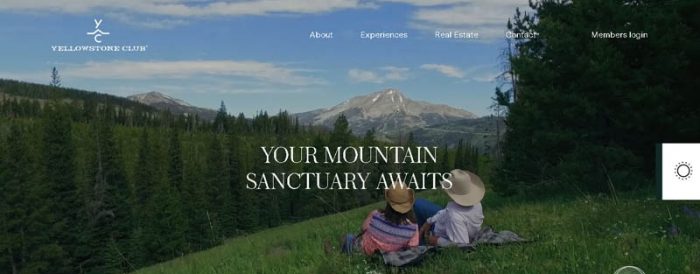
***
These folks are members of what used to be a tiny class of ultra-wealthy millionaires and billionaires. But in recent years, this class has soared to unprecedented levels, in terms of both its size and the amount of wealth it commands.1 In just one year between 2016 and 2017, there was a 13 percent increase in the ultra-wealthy population (255,810 people) and a 16 percent surge in combined wealth ($31.5 trillion), with no signs of slowing. And while the United States is home to the largest ultra-wealthy population (90,440), these staggering increases are a global phenomenon.
But surprisingly, nowhere is this global storyline seen more clearly, or perhaps with greater local impact, than in a little, overlooked corner of rural America. Teton County, Wyoming, is well known for its pristine and awe-inspiring natural landscapes. Boasting one of the largest intact ecosystems in the world, it is a crown jewel of the West and cradles both Grand Teton and Yellowstone National Parks. What most people don’t know is that the grandeur of its wilderness is matched by the awe-inspiring concentration of wealth and a canyon-size gap between the rich and poor there: It is both the richest county in the United States and the county with the nation’s highest level of income inequality.
This center of extreme wealth and wealth disparity creates a powder keg of intertwined problems, affecting both those who hold the wealth and those who don’t, as well as the ecosystem that encircles the community.
Billionaire Wilderness offers an unprecedented look inside the world of the ultra-wealthy, focused on their increasingly significant relationship to the natural world. More specifically, it shows how the ultra-wealthy use nature to resolve key predicaments in their lives. Along the way, it reveals the surprising ways in which nature and wealth intersect in America, and the swelling impact of these relationships on the nation’s social and environmental landscapes.
***
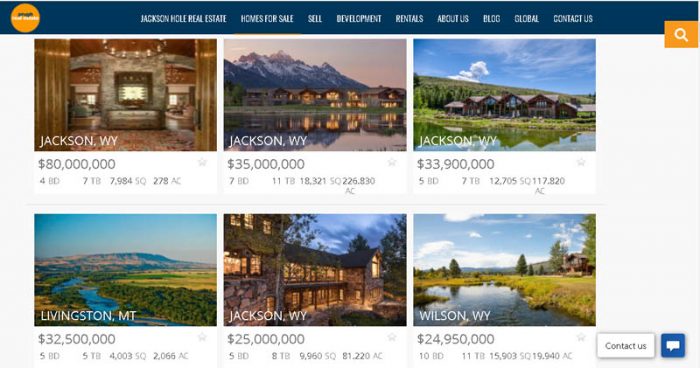
Through my research, I found that nature takes on unique power for the ultra-wealthy, allowing them to confront the urgent economic and social problems they face—such as how best to enjoy, share, or multiply their money, and how best to respond to social stigmas and feelings of inauthenticity or guilt. They resolve these dilemmas in two corresponding ways, each of which has a sizable impact on themselves, the environment, and the wider community.
First, whatever their good intentions, those at the very top of the socioeconomic pyramid leverage nature to climb even higher. Ironically, environmental conservation becomes an engine for multiplying wealth and gaining social prestige for wealthy people and wealthy institutions. And seeking to enjoy their wealth, landscapes and wildlife are transformed into ultra-exclusive enclaves, where money ensures private access to the healing tonic of nature and a sanctuary from crass materialism. Importantly, all of this is entwined with—and often under the guise of—genuine concern for ecological science and environmental health, an unselfish commitment to environmental philanthropy, and an uncritical devotion to nature as an affluent storehouse of spiritual and therapeutic wellness.
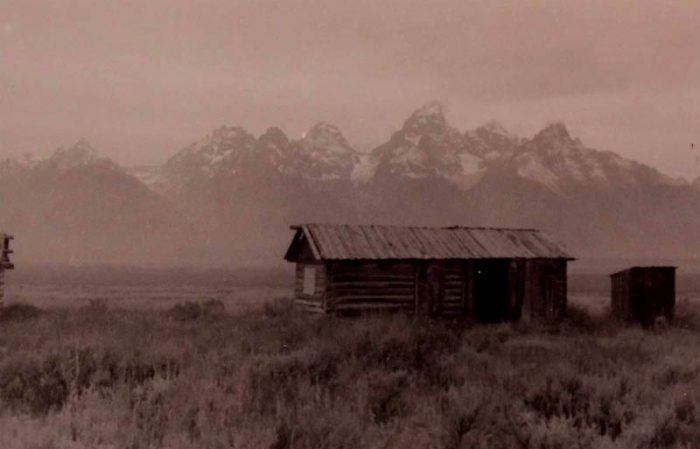
Second, burdened by social stigmas, status anxiety, and feelings of inauthenticity or guilt, the ultra-wealthy use nature and rural people as a vehicle for personal transformation, creating versions of themselves they view as more authentic,virtuous, and community minded. They model their personal transformation on a popular idea of the working poor in rural, outdoors-oriented places in the West—people who, despite their low-status careers and lack of material comforts, seem free from the snares of wealth and power, and are thought to live a noble life of contentment, frontier authenticity, pastoral simplicity, community cohesion, wilderness adventure, and kinship with nature. Wealthy folks’ outward performance of this social conversion includes friendships with moneyless people, sacred experiences enjoyed in untouched nature, professed environmental concern, appropriation of frontier art and style of dress, and love of bygone small-town character. By living in such rural and nature-oriented communities, they are literally buying into the idea and experience of a primordial America that offers salvation from the careerist rat-race and the moral temptations of high society where life is simpler, and the honest rural values of the dusty cowboy, noble native, and nature-loving bohemian prevail.
These two uses of nature and romanticized rural people allow the ultra-wealthy to effectively manage the economic and social dilemmas they face, often behind the semblance of good-faith commitments to the community, philanthropy, and environmental concern. Yet for many observers, these local commitments reek of hypocrisy when viewed in light of how some ultra-wealthy made their fortunes, often involving financial and industrial practices that have greatly contributed to global socioecological ruin.
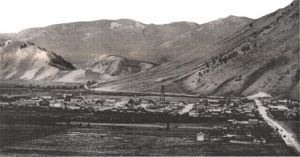
This does not mean that all rich people are hell-bent on ruthless domination or live their lives in bad faith. Like most of us, they want to do good but don’t always live up to it, and even the most disparaged fossil fuel CEOs or scorned hedge fund managers don’t fully grasp the extent to which their lives benefit from larger social, economic, and ecological systems. These systems ultimately matter much more than sloppy or inaccurate stereotypes that cast individual rich folks as either greedy monsters or philanthropic saviors. Yet, while I avoid these stereotypes—and certainly give the ultra-wealthy a fair shake—their use of nature and rural people leads to what seems to be some unjust and regrettable outcomes.
In the end, love for nature and rural people can create a thick veneer that helps to morally justify vast natural resource consumption, romanticize the ugly reality of rural hardship as an idyllic choice—iconically modeled in the past by rugged cowboys and noble natives and lived out today by lovable white ski-bums and “van-life” bohemians—rather than the actual face of modern rural poverty as an overworked immigrant family living on razor-thin margins, deliberately conceal outward indicators of socioeconomic and racial and ethnic inequities, gain rewards for trivial acts of individual charity and selective environmentalism that hide patterns of structural harm, alleviate personal guilt, and ultimately disguise and foreclose the need for economic and political action to address pressing local and global problems.
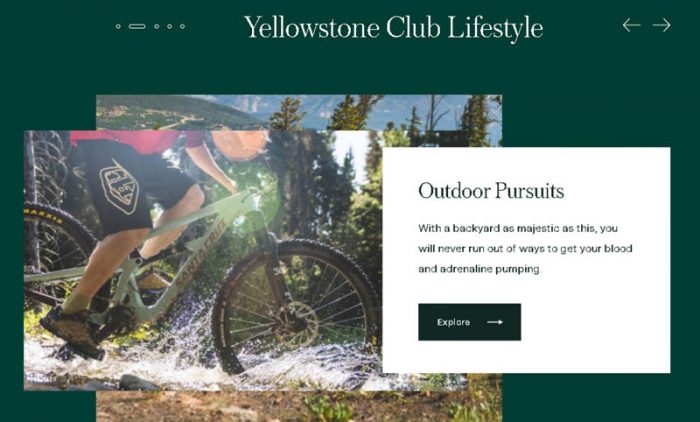
Setting Off into the Wilderness
Back at the Williams’s house, the event was coming to a close, and I had gathered more than enough field notes for one night. Hector and the other workers were sorting the recycling, removing tablecloths, and transporting the trash to the bear-proof dumpsters on the edge of Julie’s property. I worked my way back through the house, into the living room with the bronze statue of the stoic Lakota man flanked by the towering murals of cowboys and wildlife, past the marble base displaying the young impoverished Navajo girl, and joined a short line that had formed in front for the valet car service.
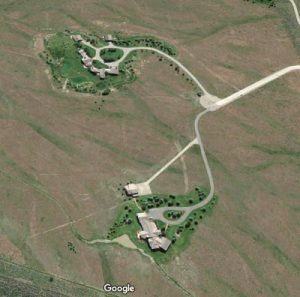
Waiting in line, I thanked Julie and Craig for their generous hospitality, and filled them in about my plans to spend the next few years researching and writing about the area. Excitedly, Julie asked if I’d be interested in having dinner with her and Craig at their newly completed country club. Selling me on the idea, Craig interjected, “It’d be a great place to meet other people who make up the community.” He continued, “I’m not sure what types of people you want to meet and talk with, but many of them are also involved in the environment.” We agreed that Friday night would work and exchanged phone numbers. Craig shook my hand, Julie gave me a hug, and I took my keys from the valet driver.
Leaving the property, I steered my car down that same gravel road into pitch-black darkness. Looking up into the starry night, I knew that the gigantic Teton Mountains towered seven thousand feet above me, but I could not make them out through the dark. It was a strange, and somewhat disturbing feeling. These massively important entities were right in front of my face, but they remained cloaked from view. Invisibly present, yet still immensely powerful as their tectonic plates kept pushing them upward, continuing to shape everything in their expansive range.
My journey into the heart and soul of the ultra-wealthy became much like this drive through shrouded mountain-peaked wilderness. I possessed the knowledge that something hugely important was out there, but despite strong indicators of its outsized influence, it remained largely unseen. This often happens when we fixate on the darkness itself—in this case, relying on blind stereotypes or impeded by elite barriers to access. But, curious to see what lay out there beyond the darkness, I set out on my ultra-wealth odyssey to shine a little light here in hopes of illuminating something important about everywhere else.
Justin Farrell is associate professor of sociology at Yale University in the School of Forestry and Environmental Studies. He is the author of the award-winning book The Battle for Yellowstone: Morality and the Sacred Roots of Environmental Conflict (Princeton). A native of Wyoming, he lives in New Haven and Denver.
You can learn more about him at https://justinfarrell.org/
Billionaire Wilderness is available for purchase via the Princeton University Press Website. It is also available via Amazon and Barnes & Noble.
To comment, scroll to the bottom of the page.
Zephyr Policy: REAL NAMES ONLY on Comments!
Don’t forget the Zephyr ads! All links are hot!

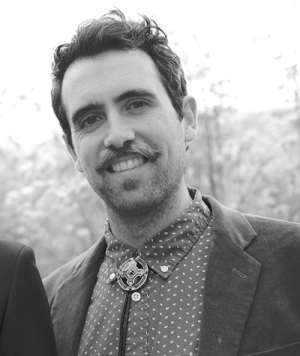


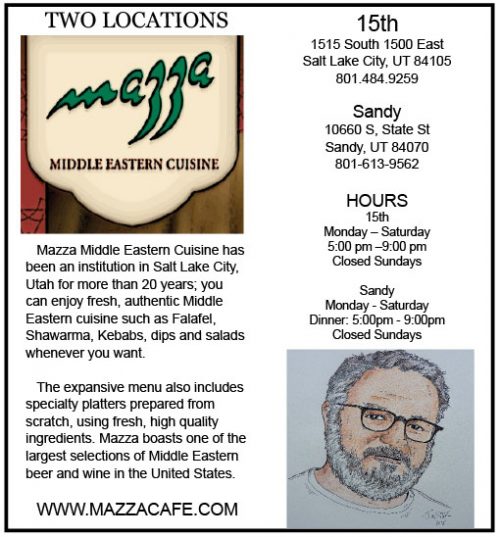

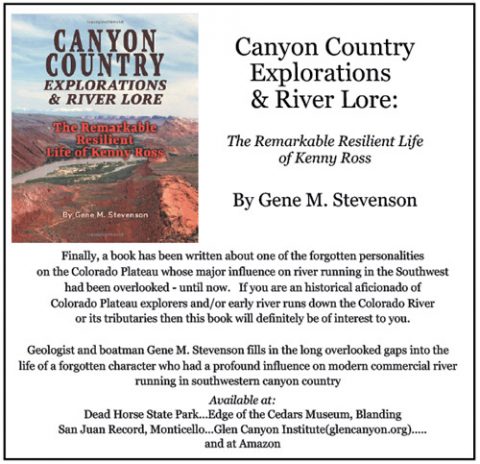
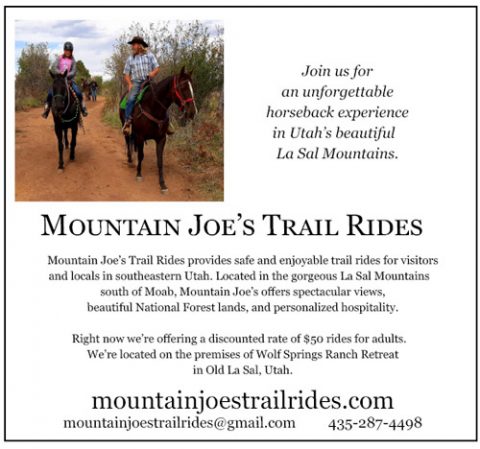
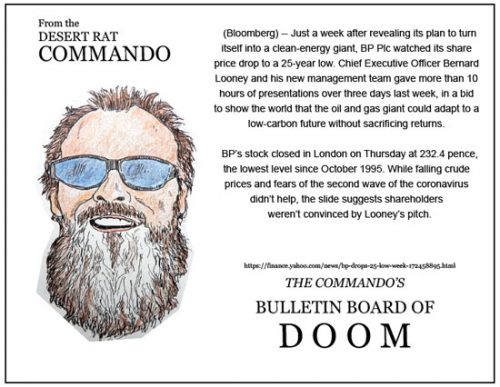
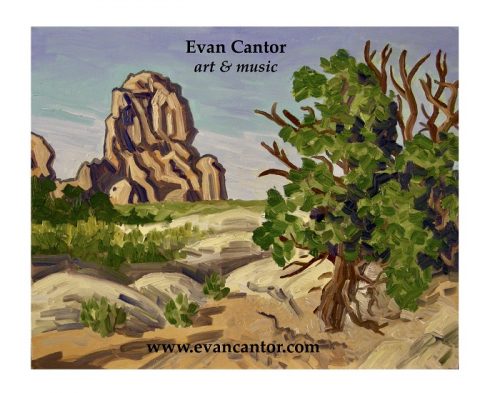
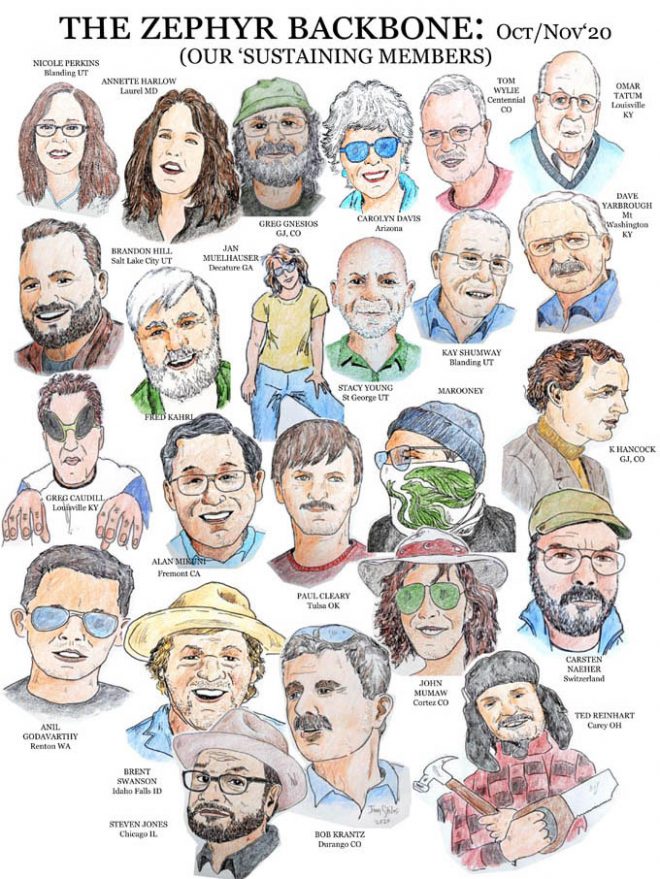
“These people’s grandparents stole this land from the Indians. Now these sons of bitches are stealing it from them.” -HELL OR HIGHWATER
“It looks like were the Indians now….” -Kurt Vonnegut
This bunch isn’t interested in doing good, but they insist on doing well. Doing good would require them to acknowledge the degree to which their mere presence distorts and finally consumes, like the unseen economic black hole that it is, the lives of the children of the working class in the remnants of small town western America. It’s not enough to have all hope of ever buying a home in these places stripped from those who labor for Servant Economy wages, they must be priced out of the rental market as well. Throughout the West, the working class who built it is being driven out. Kids can’t afford to live in the town they grew up in. The problem isn’t just every silver spoon trust case who ardently believes that buying a place up with truck loads of family money from ancient crimes is some kind of benevolent act. For everyone of them, ten plastic wannabes show up trying to pass for a member of the Klub. They have more than enough to be Republicans, but old money’s real enemy is new money trying to buy in without having inherited it from an acceptable family lineage. “The nerve of some of these fellows!” But, they rule brutally over the defeated working class. They buy up small local businesses, and then jack up prices and fire experienced workers to pay for the deal, or they bring in national franchises and run family businesses out. Clearing working America off of Western lands is the new agenda. Look at America’s model cities of the future; Cleveland, Detroitot, Flint or Gary, IN. Think about the Joads in THE GRAPES OF WRATH, and evanyone they knew, watching their homes being bulldozed into the sand. It wasn’t just a family tragedy, it was the calculated destruction of the American family farm economy. It’s not enough for the new Lords to take control of the land, the old West must be sacrificed in order to claim control of the future. It’s like eradicating the buffalo herds or torching the great hardwood forest in the Old Northwest Territory. Destroy the economic basis of a people, and you can break and scatter them. The real money feigns just enough noblesse oblige to buy some cover, but not enough to disguise their cannibalistic nature. This lot wrote a tax code that gives their art collections, and mansions to house them, the same tax exempt status that real charities get for feeding and clothing the destitute. The sick part is that the State of Utah believes that if 10 millionaires come in to buy a place up, moving off 100 working families, that it somehow represents an economic improvement in our lives. Utah Tourism Division’s website proudly proclaims It’s servitude to money over place and people. Who really believes that “glamping” is the answer and not the problem? The new growth industry here is the ultra-wealthy building luxury doomsday bunkers on the QT disguised as a luxury, members only resort.
“I can hire half of the working class to kill the other half.” -John D. Rockefeller
Rick Bass once had an article in Sierra mag ten thousand years ago. He had been invited to a benefit to raise money for Griz protection – in Montana, I think. His casually sumptuously dressed audience was enraptured by his Griz stories. He finished. They applauded. He took out envelopes and letters for the to address and sign. When he looked up from taking the materials from his pack, there wasn’t a person in the audience. They had stampeded to the booze and bufft at the back of the room. Hey, Rick, if I got any of that wrong, feel free to edit this.
Hmmmm …
berleave it or else, i (w)re(dis)member when Aspen was affordable! My parents moved and worked there in the later 1960’s. Oh, better that we didn’t envision what was coming. Then, the story was that many of the Millionaires (having lost their “big man in town” status by the ever-increasing Billionaires moving in) moved to Telluride, to, again, “be big pschidts” again.
I could look it up (if asked, issue #, etc.) but there was an article in a (somewhat) recent Scientific American regarding the gradual and inevitable accumulation of wealth by the top (1? 5? anyhow, a few) per-cent — at the expense of everyone else. Yes, actual scientific equations, theories, etc. which concluded that with the passage of time this situation will only exacerbate. (E,g,, (sorry, no exact (nor approximate) #s, but, again, e.g., 50 years ago the richest 5% of people in the whirled had as much wealth as the bottom 50%. Recently it was the richest 2% who had as much stuff as the poorest 50%). It’ll take something seemingly hitherto unforeseen nor imagined to change this trend.